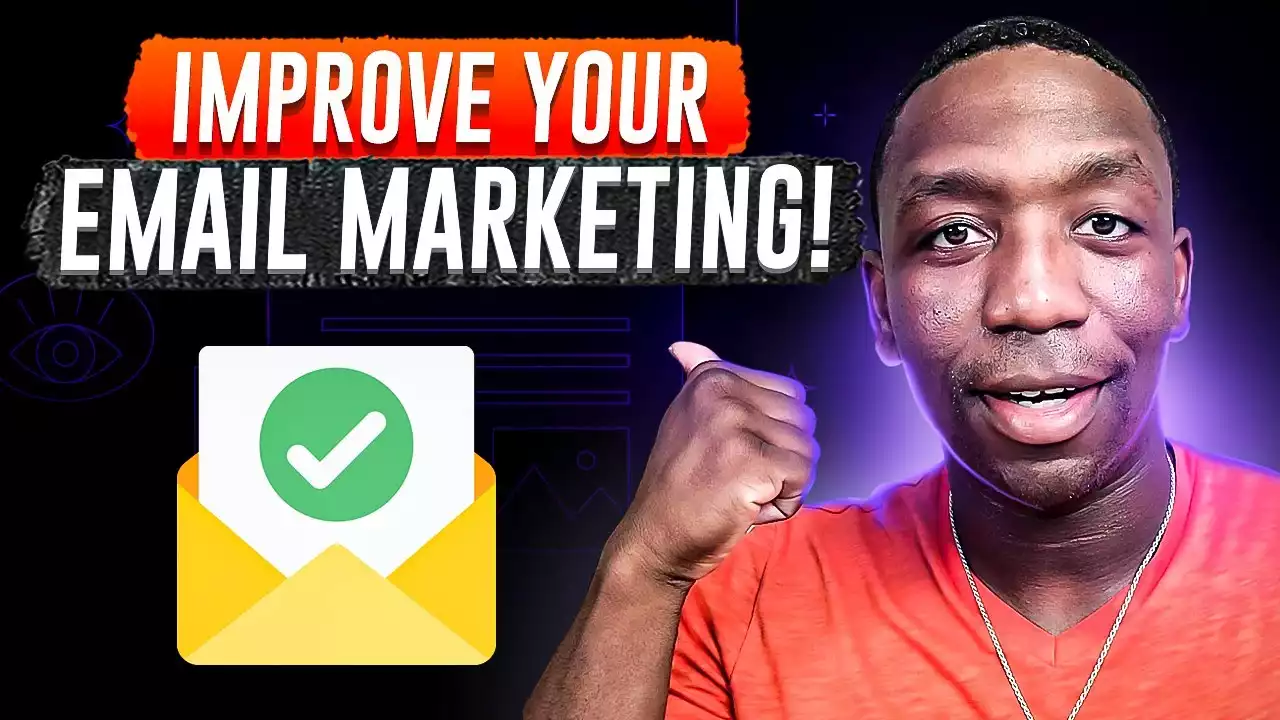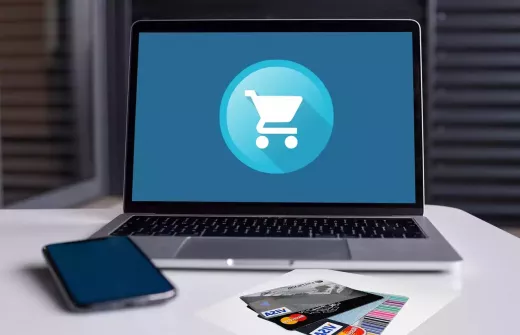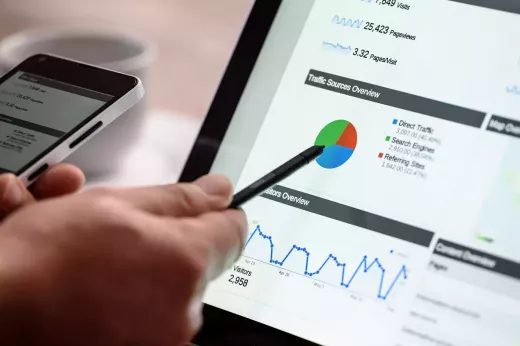The Importance of Creating Engaging Email Content
Email marketing is one of the most effective tools at your disposal. Creating engaging email content provides a way to connect with your audience and keep them engaged with your brand. When done well, email marketing can drive traffic to your website, increase sales, and build brand loyalty. However, it's not enough to simply send emails to your subscribers. You need to create content that is valuable, relevant, and interesting to your audience. By doing so, you'll keep your subscribers engaged and encourage them to take action.
Type 1: Educational Content
Educational content is one of the most popular types of email content. By providing your readers with valuable information, you can establish yourself as an authority in your field and keep your subscribers engaged. Educational content can take many forms, including blog posts, white papers, eBooks, and webinars. When creating educational content for your emails, it's important to keep your audience in mind. Make sure your content is relevant to their needs and interests. Use clear and concise language to explain complex topics, and provide actionable tips and advice.
Type 2: Promotional Content
Promotional content is another popular type of email content. By promoting your products and services, you can drive sales and increase revenue. However, it's important to strike a balance between promoting your products and providing value to your subscribers. Use your promotional content to highlight the benefits of your products and services, and provide exclusive discounts and offers to your subscribers. By doing so, you'll keep your subscribers engaged and encourage them to take action.
Type 3: Personalized Content
Personalized content is a great way to connect with your subscribers on a more personal level. By using data and segmentation to create personalized emails, you can provide your subscribers with content that is tailored to their needs and interests. Personalized content can take many forms, including product recommendations, personalized offers, and personalized content based on their browsing history. When creating personalized content for your emails, make sure you're using data and segmentation to create a truly personalized experience for your subscribers.
Type 4: Interactive Content
Interactive content is a great way to keep your subscribers engaged and encourage them to take action. Interactive content can take many forms, including polls, quizzes, and surveys. By using interactive content in your emails, you can provide a fun and engaging experience for your subscribers. Interactive content can also provide valuable data and insights that you can use to improve your marketing campaigns.
Type 5: User-Generated Content
User-generated content is a great way to build trust and establish your brand. By featuring user-generated content in your emails, you can show your subscribers that real people are using and enjoying your products and services. User-generated content can take many forms, including customer reviews, testimonials, and user-generated images and videos. When using user-generated content in your emails, make sure you're using it to highlight the benefits of your products and services.
Examples of Successful Email Campaigns Using These Content Types
To give you an idea of how these content types can be used in email campaigns, let's take a look at some examples of successful email campaigns.
Example 1: Educational Content
The skincare brand, Glossier, regularly sends out educational content to their subscribers. One of their most successful email campaigns was a series of skincare guides that provided tips and advice on how to achieve the perfect skincare routine. The guides were well-researched, beautifully designed, and provided actionable advice that their subscribers could use to improve their skincare routine.
Example 2: Promotional Content
The clothing brand, J.Crew, regularly sends out promotional emails to their subscribers. One of their most successful email campaigns was a series of emails promoting their summer sale. The emails featured bright and colorful images of their summer collection, along with exclusive discounts for their subscribers. The emails were well-designed, engaging, and provided real value to their subscribers.
Example 3: Personalized Content
The online retailer, Amazon, is a master of personalized content. They use data and segmentation to create personalized emails that are tailored to their subscribers' needs and interests. For example, if a subscriber has recently purchased a book on cooking, Amazon will send them personalized emails featuring other cookbooks they may be interested in. By using data and segmentation to create personalized content, Amazon is able to keep their subscribers engaged and encourage them to make more purchases.
Example 4: Interactive Content
The beauty brand, Sephora, regularly uses interactive content in their emails to keep their subscribers engaged. One of their most successful email campaigns was a quiz that helped their subscribers find the perfect foundation shade. The quiz was fun, engaging, and provided real value to their subscribers. By using interactive content, Sephora was able to keep their subscribers engaged and encourage them to make a purchase.
Example 5: User-Generated Content
The outdoor apparel brand, Patagonia, regularly features user-generated content in their emails. One of their most successful email campaigns was a series of emails featuring customer stories and photos of their products in action. The emails were well-designed, engaging, and provided social proof that their products are durable and high-quality.
Email Campaigns 101
Tips for Creating Effective Email Content
Now that you've seen some examples of successful email campaigns, let's take a look at some tips for creating effective email content.
1. Know Your Audience: Before creating any email content, it's important to know your audience. Use data and segmentation to create personalized emails that are tailored to your subscribers' needs and interests.
2. Provide Value: Your subscribers are busy people, so it's important to provide value with every email you send. Whether it's educational content, promotional content, or user-generated content, make sure you're providing real value to your subscribers.
3. Keep It Short and Sweet: Your subscribers are likely to be scanning their inbox, so it's important to keep your emails short and to the point. Use clear and concise language, and make sure your emails are easy to read on all devices.
4. Use Visuals: Visuals are a great way to make your emails more engaging. Use high-quality images and videos to break up text and keep your subscribers engaged.
5. Encourage Action: Every email you send should have a clear call to action. Whether it's to make a purchase, sign up for a newsletter, or follow you on social media, make sure you're encouraging your subscribers to take action.










